Thomas Sumner

Trustworthy journalism comes at a price.
Scientists and journalists share a core belief in questioning, observing and verifying to reach the truth. Science News reports on crucial research and discovery across science disciplines. We need your financial support to make it happen – every contribution makes a difference.
All Stories by Thomas Sumner
-
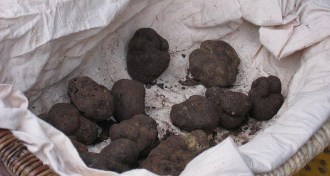 Life
LifeTruffles aren’t laced with radioactive cesium
Fallout from the Chernobyl disaster hasn’t made truffles dangerously radioactive, scientists find.
-
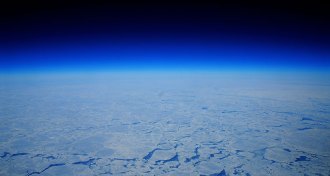 Climate
ClimateGeoengineering is world’s last hope, new book argues
Geoengineering is humankind’s only viable solution to curb climate change impacts, a journalist contends in The Planet Remade.
-
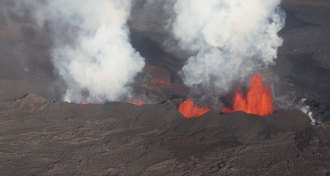 Earth
EarthEarth’s water originated close to home, lava analysis suggests
Scarcity of a hydrogen isotope called deuterium in molten rock from Earth’s depths suggests that the planet’s H2O originated from water-logged dust during formation, not comets.
-
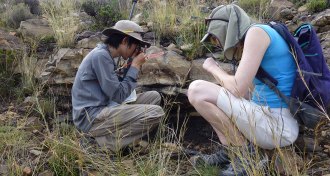 Paleontology
PaleontologyLand life spared in Permian extinction, geologists argue
New rock layer dating in South Africa’s Karoo Basin suggests that extinctions of land species didn’t coincide with the Permian extinction around 252 million years ago.
-
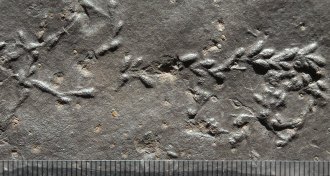 Paleontology
PaleontologyAncient larvae built predator-thwarting mazes
Mazelike tunnels built by ancient insect larvae offered protection from predators, paleontologists propose.
-
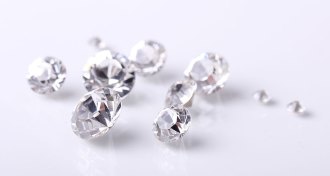 Earth
EarthNew recipe for diamonds: Just add acid
Rises in acidity during interactions between rocks and water in Earth’s interior can spark diamond formation, simulations show.
-
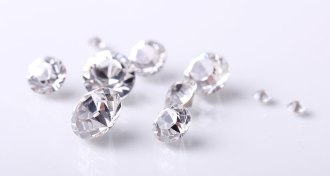 Earth
EarthNew recipe for diamonds: Just add acid
Simulating the chemistry, pressures and temperatures in Earth’s interior, scientists have discovered a new way diamonds can form.
-
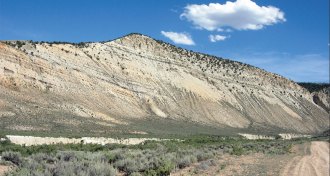 Climate
ClimateEocene temperature spike caused by half as much CO2 as once thought
Revised experiments demonstrate that hot temperatures during the Eocene resulted from lower carbon dioxide concentrations than previously thought.
-
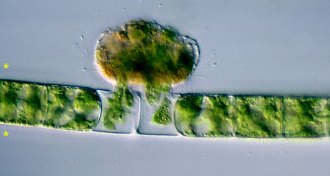 Paleontology
PaleontologyVampire microbes sucked some ancient life dry
Hole-ridden fossils suggest that vampirelike microbes were among the first predators that targeted eukaryotes.
-
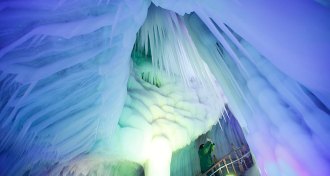 Climate
ClimateHow to melt an ice cave
Frigid winter air keeps gives ice caves their perpetual chill, researchers find, warning that airtight seals on some ice caves could cause the frigid formations to melt within decades.
-
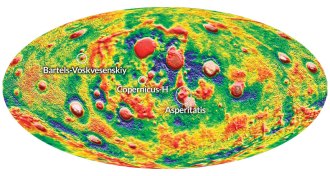 Planetary Science
Planetary ScienceProbes unveil three hidden blemishes on moon’s face
Gravity measurements collected by NASA’s GRAIL spacecraft reveal a clearer picture of the moon’s craters, including three previously unseen lunar basins.
-
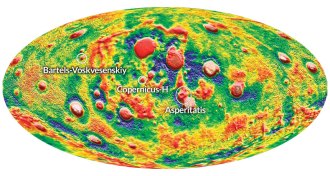 Planetary Science
Planetary ScienceProbes unveil three hidden blemishes on moon’s face
Gravitational tugs on a pair of spacecraft have revealed previously unseen blemishes on the moon’s face.